 XRP Ledger payment use surges 430% in 2 years, gains ground in DeFi and tokenization Oluwapelumi Adejumo · 38 seconds ago · 2 min read
XRP Ledger payment use surges 430% in 2 years, gains ground in DeFi and tokenization Oluwapelumi Adejumo · 38 seconds ago · 2 min read
XRPL’s transaction surge driven by stablecoin integration and tokenization features.

Cover art/illustration via CryptoSlate. Image includes combined content which may include AI-generated content.
The XRP Ledger (XRPL) is entering a new growth phase, combining its legacy as a fast and efficient payment network with growing traction in decentralized finance and tokenization.
According to data from Dune Analytics, weekly payment transactions have grown by more than 430% in under two years to over 8 million this year.
These payments account for nearly two-thirds of all chain activity, reinforcing XRPL’s ongoing role as a high-throughput, low-cost settlement layer.
 XRP Ledger 7-Day Transactions (Source: Dune Analytics)
XRP Ledger 7-Day Transactions (Source: Dune Analytics)The growth is fueled by the network’s efficient design of fast finality, low transaction fees, and built-in support for real-world asset tokenization. XRPL’s built-in regulatory-friendly features make it an appealing option for enterprise use cases.
A major catalyst behind this growth has been the integration of stablecoins. Ripple’s RLUSD and Circle’s USDC have gained traction, joined by other options like EURØP, USDB, and XSGD. These additions have expanded XRPL’s ecosystem and reinforced its role in cross-border payments.
Notably, institutional players such as the European Central Bank have explored using XRP for payment flows within distributed ledger and wallet solutions.
XRPL’s rising DeFi activity
Meanwhile, XRPL is also nurturing a budding DeFi sector with a total value locked now nearing $60 million, according to DeFiLlama data.
While this is significantly dwarfed by the billions locked on rivals like Ethereum, XRPL developers argue that the network is the bedrock of innovation.
Panos Mekras, co-founder of Anodos Finance, a leading DeFi platform built on XRPL, said:
“The XRP Ledger pioneered most of the properties we now take as granted in the space. From deflationary tokenomics and burning, to DeFi features and DEXs, tokenization, payments, and more. This is the OG that started DeFi and most in the industry don’t know about it.”
Dune Analytics pointed out that the XRPL is hosting one of the longest-running decentralized exchanges, powered by a native order book rather than smart contracts.
The platform also boasts features like auto-bridging and native liquidity pools, which have kept the DEX functional.
Still, its adoption considerably lags that of its rivals. It averages around 2,300 daily traders compared to the 10,000 addresses Uniswap, the largest DEX, averaged this year.
However, that could change as momentum builds following a slew of recent updates, including an Ethereum Virtual Machine (EVM)-compatible sidechain, which is expected to open XRPL to Ethereum-native decentralized apps.
Moreover, other improvements, such as enhanced cross-chain capabilities, batch transactions, token escrow, and permissioned DEXs, will likely drive increased network activity and position XRPL as a key player in the evolving DeFi landscape.




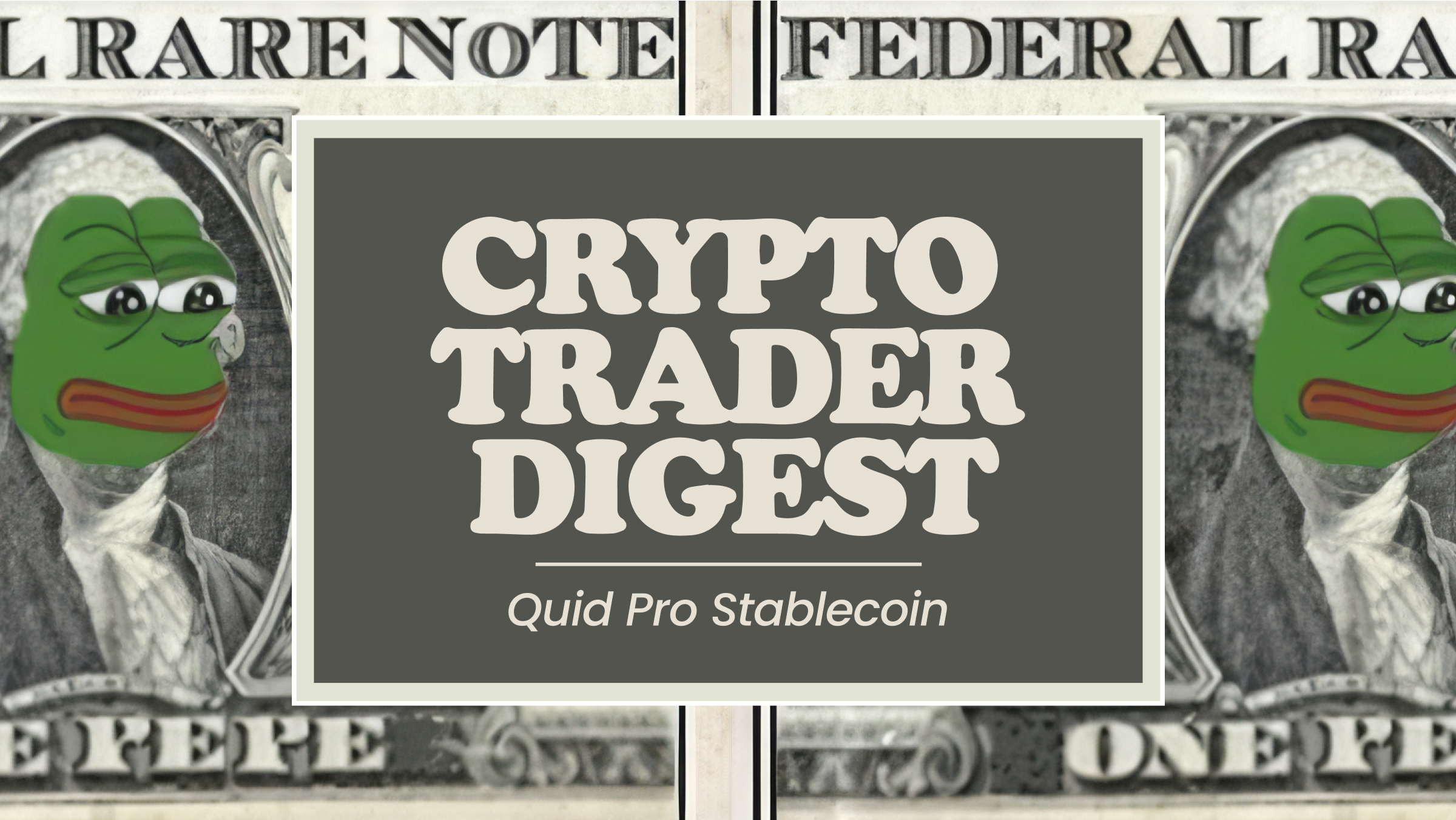
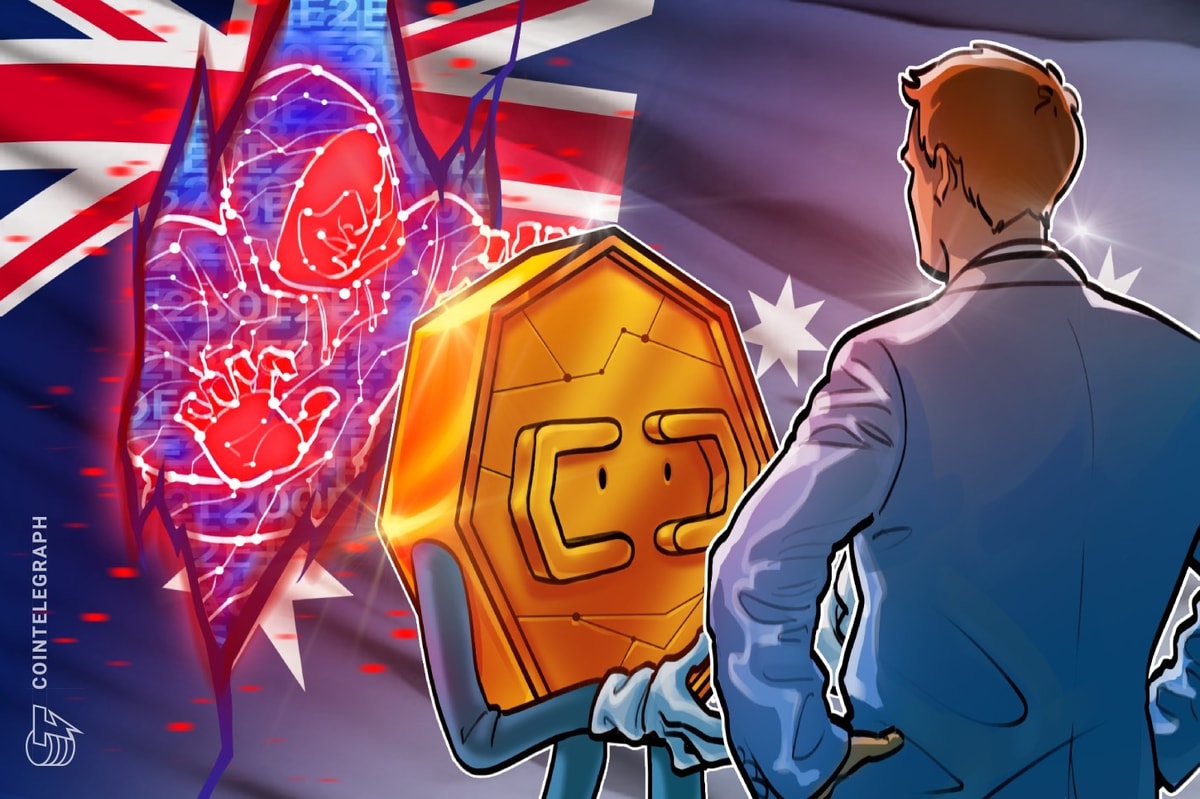
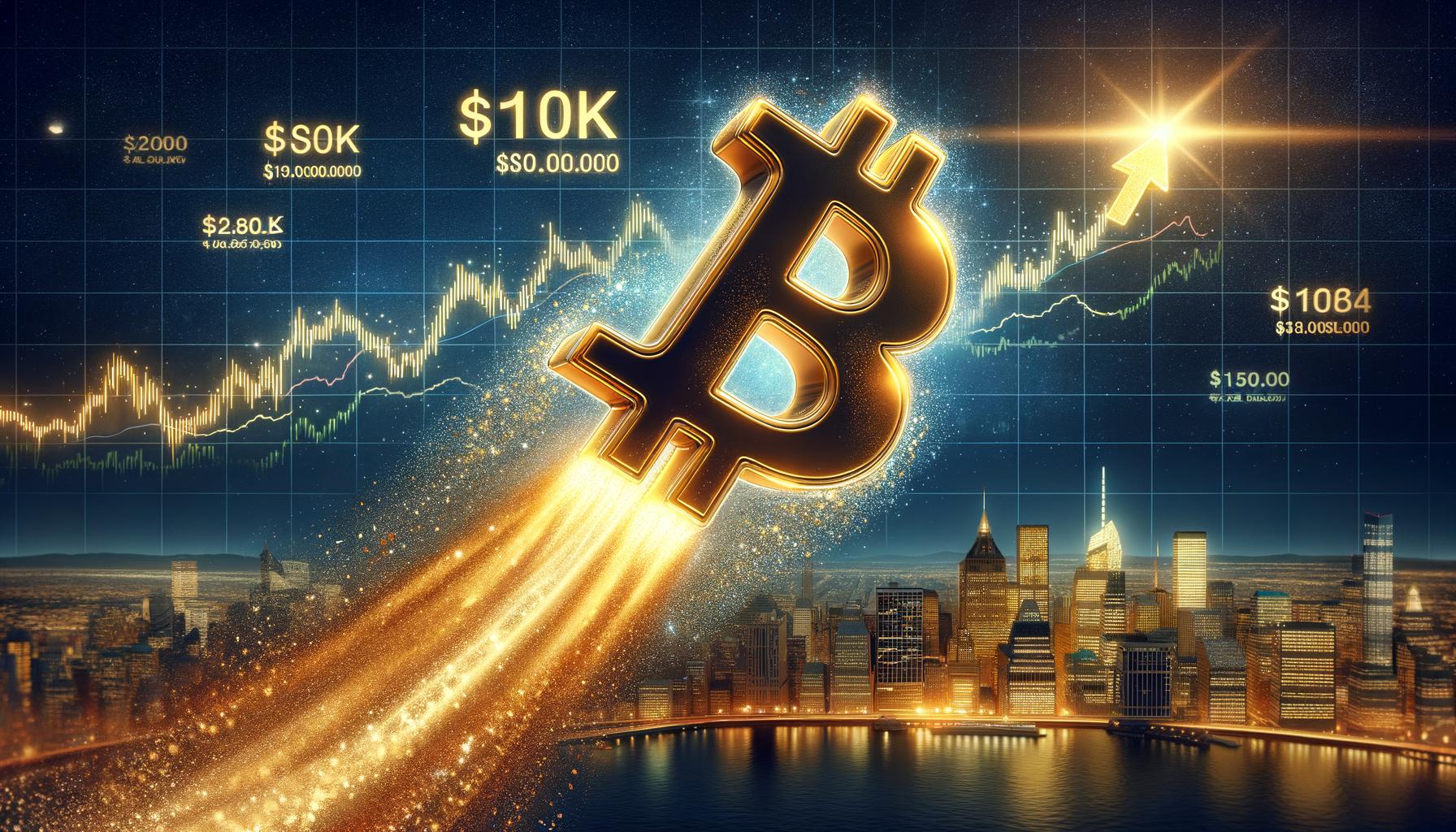


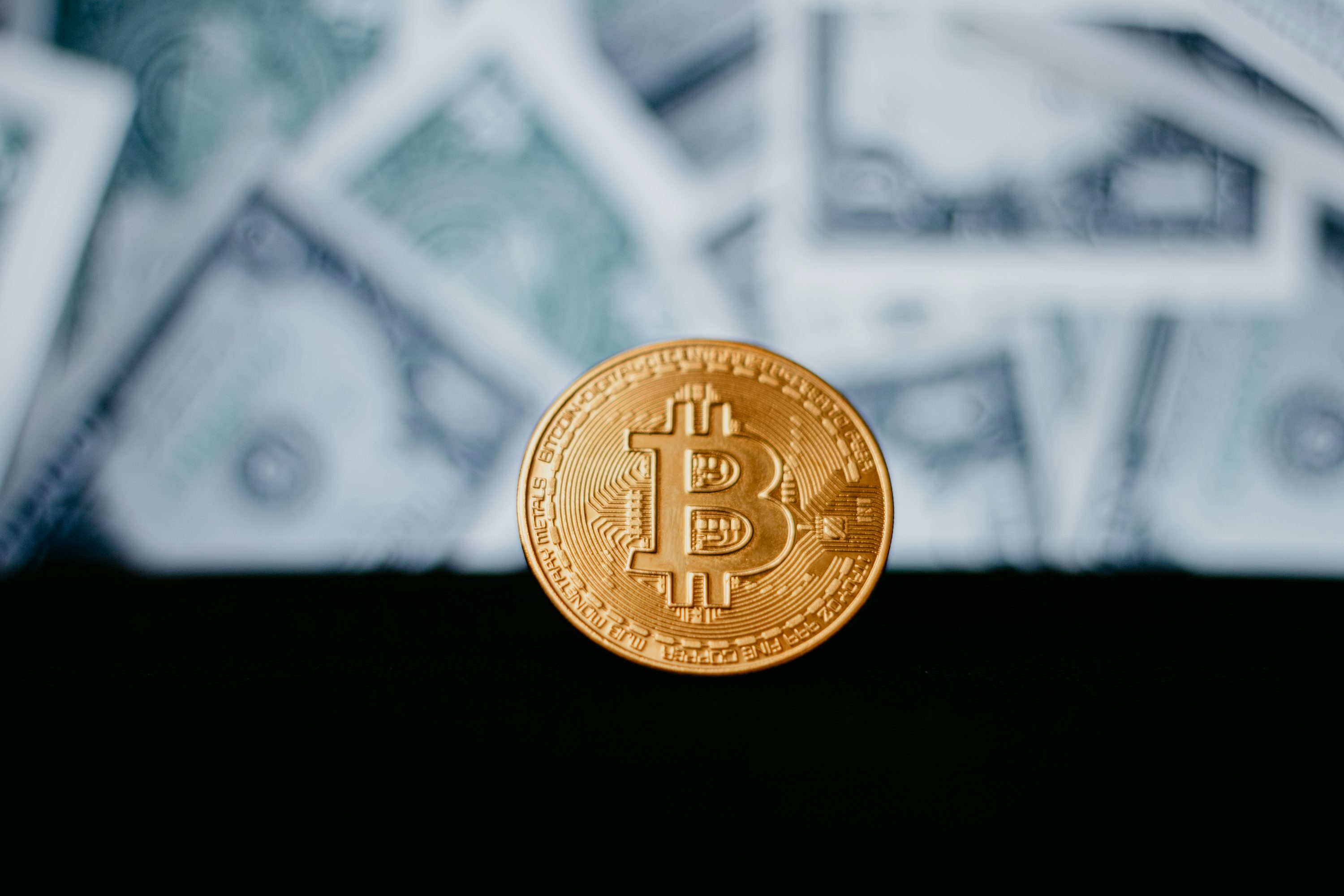
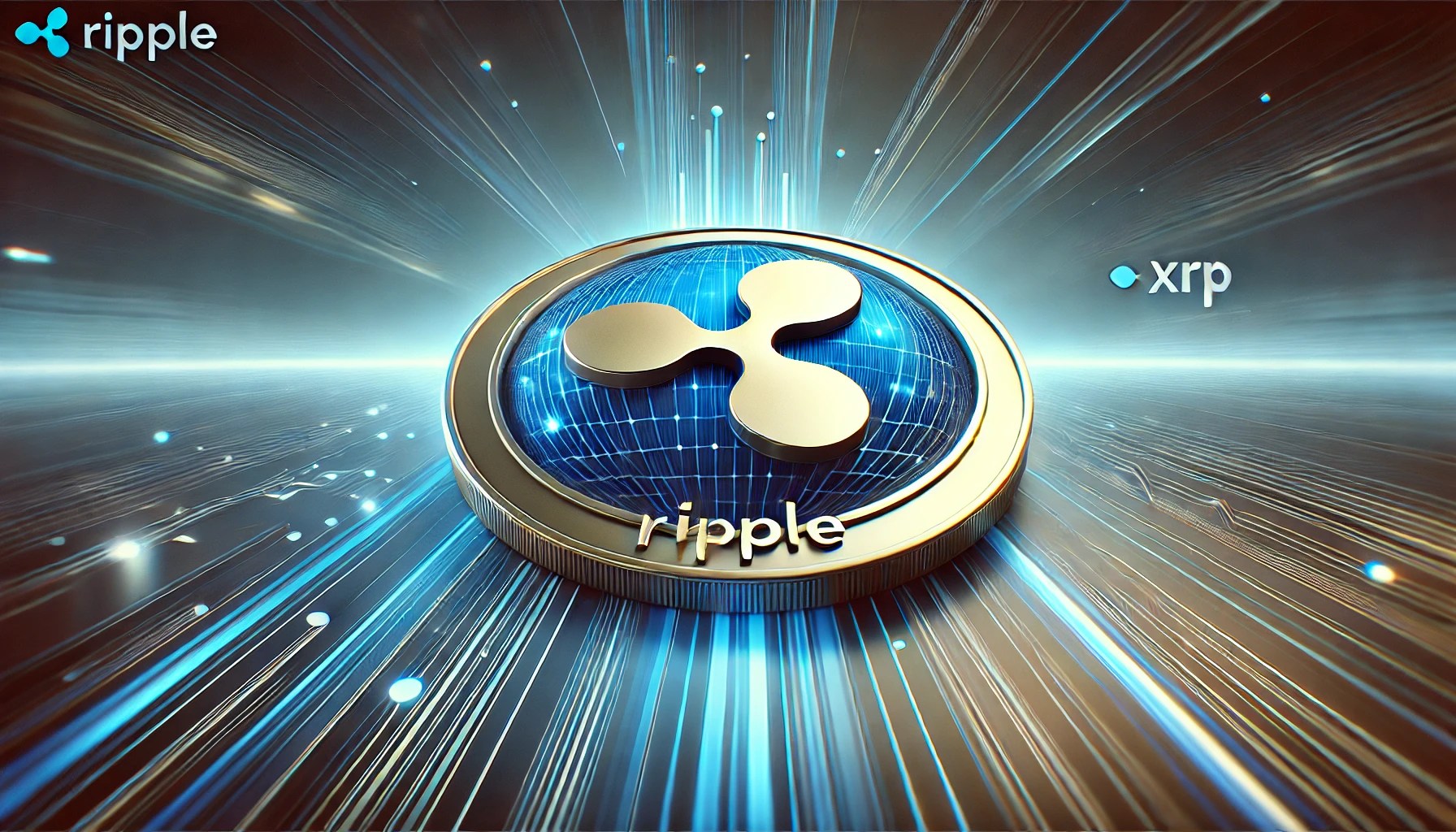


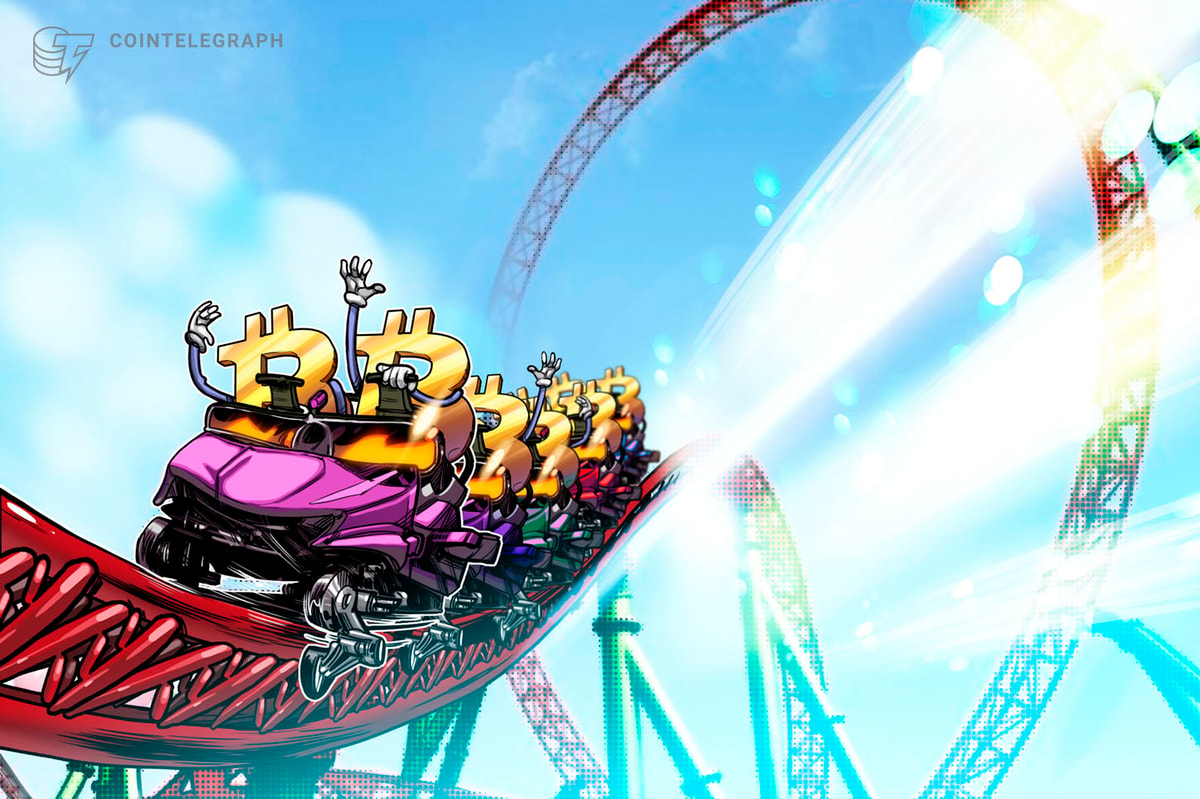

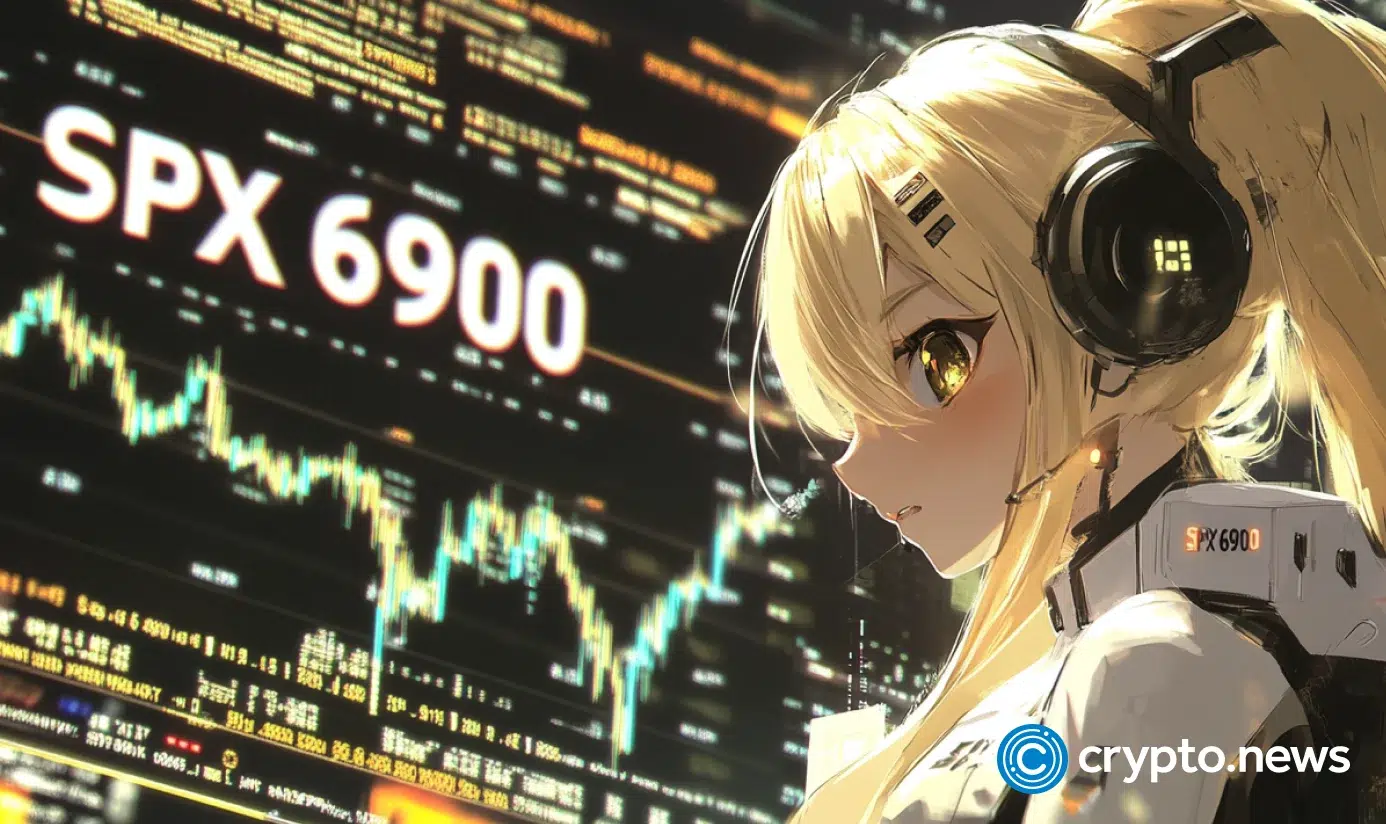
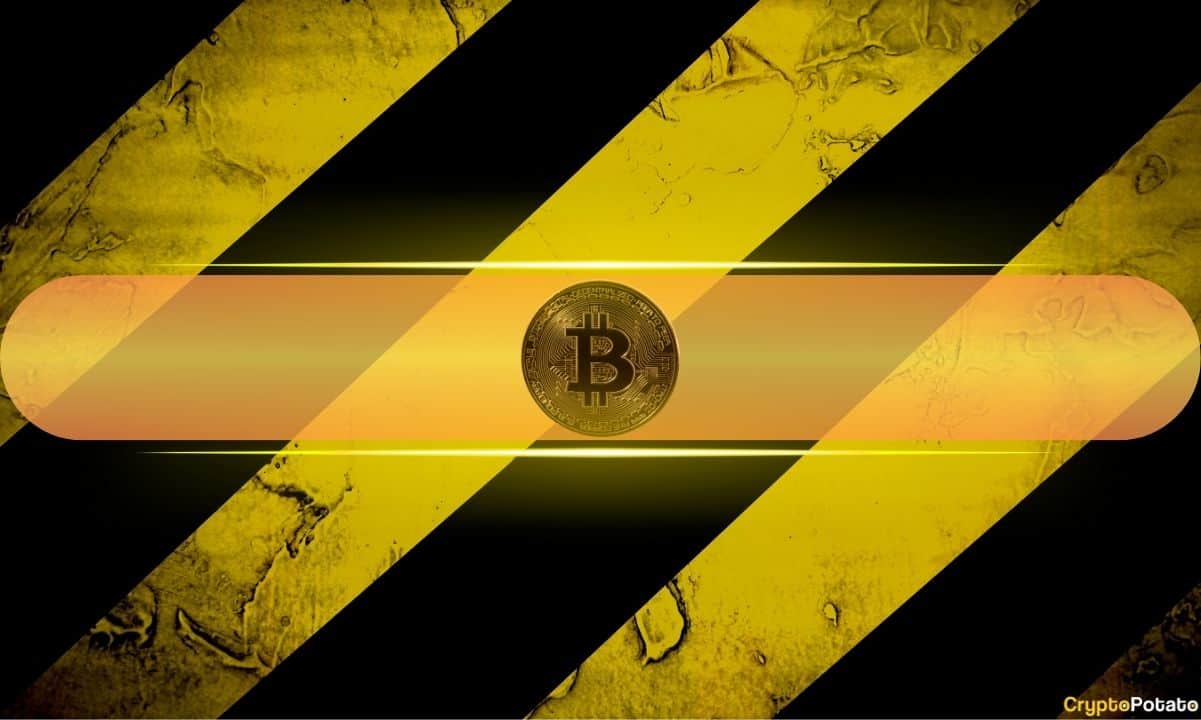

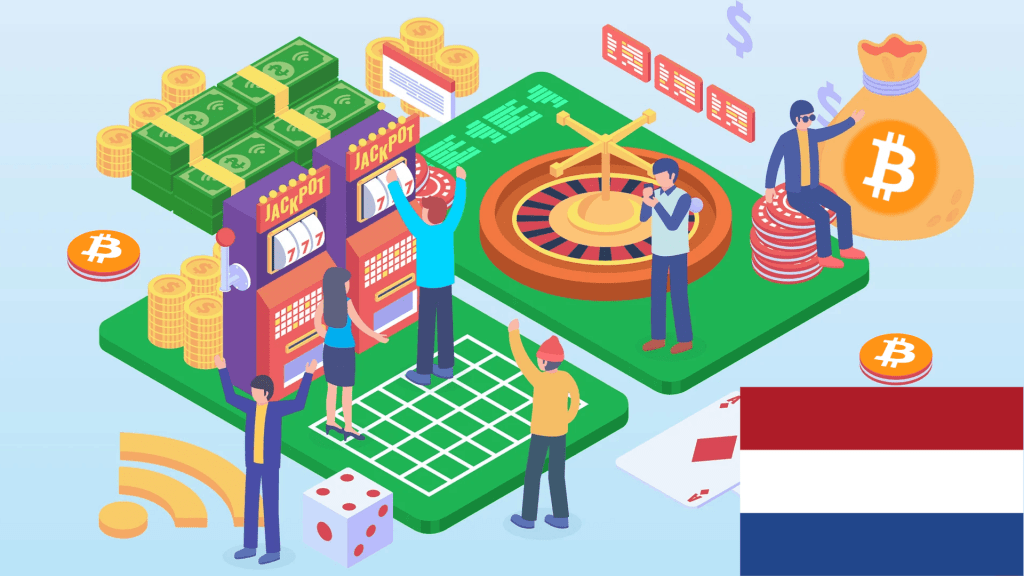
 English (US) ·
English (US) ·